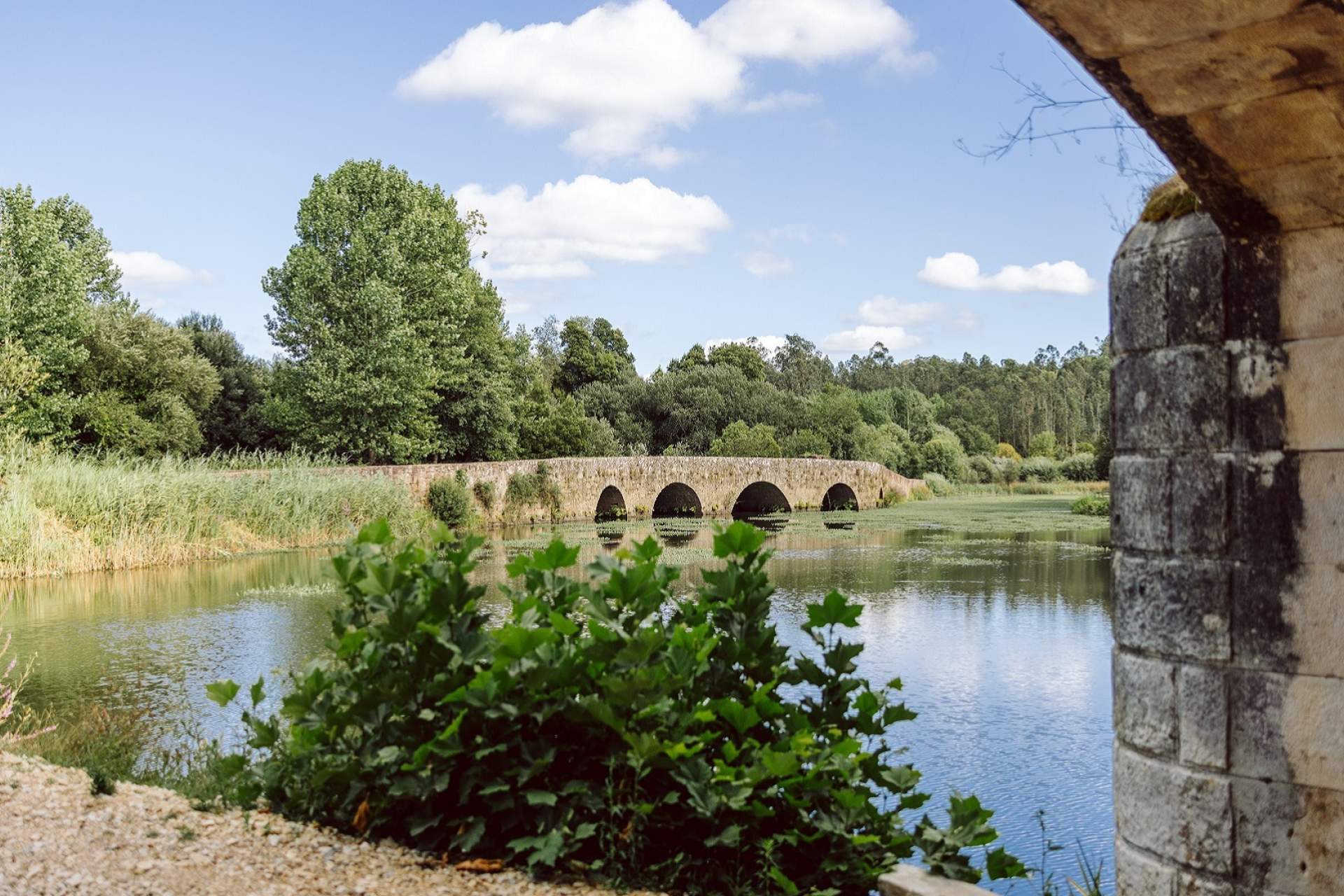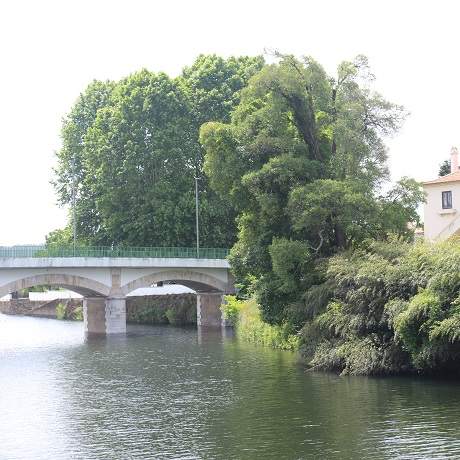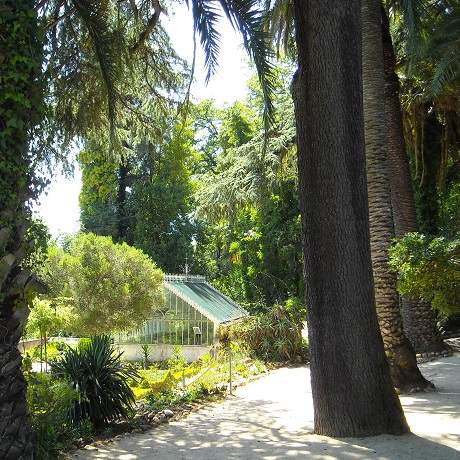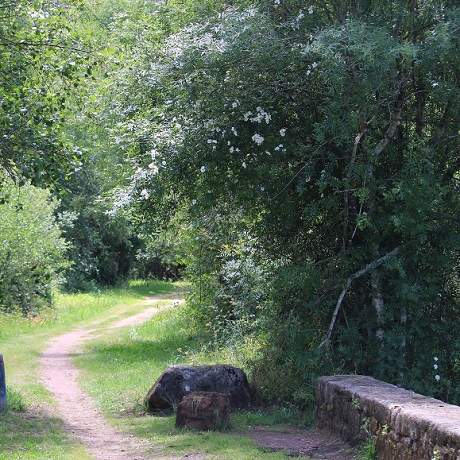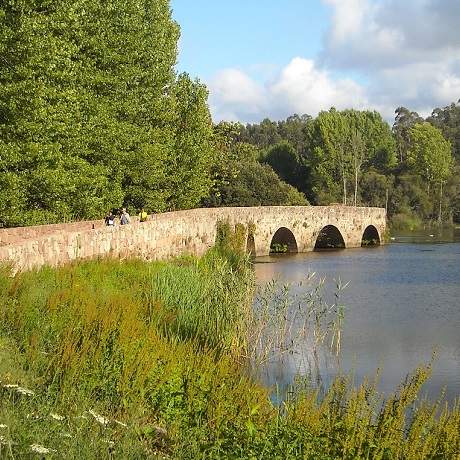
Find other stages here
-
15.9 Km
-
04h00
-
Easy
-
122m
-
Earth and Asphalt
Leaving Águeda, the Camino unfolds through a succession of different landscapes, sometimes urban and sometimes rural. The houses are sure to catch your eye as you go through Mourisca do Vouga. Farther on, the bucolic landscape that surrounds the mediaeval bridge of Marnel fascinates pilgrims. It is very close to the site of the Roman city of Cabeço do Vouga, which seems to take us back to much more ancient times. The route continues through Serém and onwards along forest paths towards Assilhó.
Entering Albergaria-a-Velha you head towards the Albergue de Peregrinos Rainha D. Teresa, a welcoming inn resulting from the Municipal Council’s restoration of the old magistrates' house, resuming the ancestral vocation of protecting pilgrims.
The toponym “Albergaria” has strong connections to the Camino. It results from the will of Queen Teresa who, in 1117, founded a new inn in the place called Osseloa (Assilhó). It is the oldest Portuguese inn and its location, right on the road connecting Porto and Coimbra, was chosen because there was a need to provide a means that would make that particular section of the road safer for travellers, as the document specifically mentions.

Close
Search results for:
No results were found matching your search.
Information available soon.


